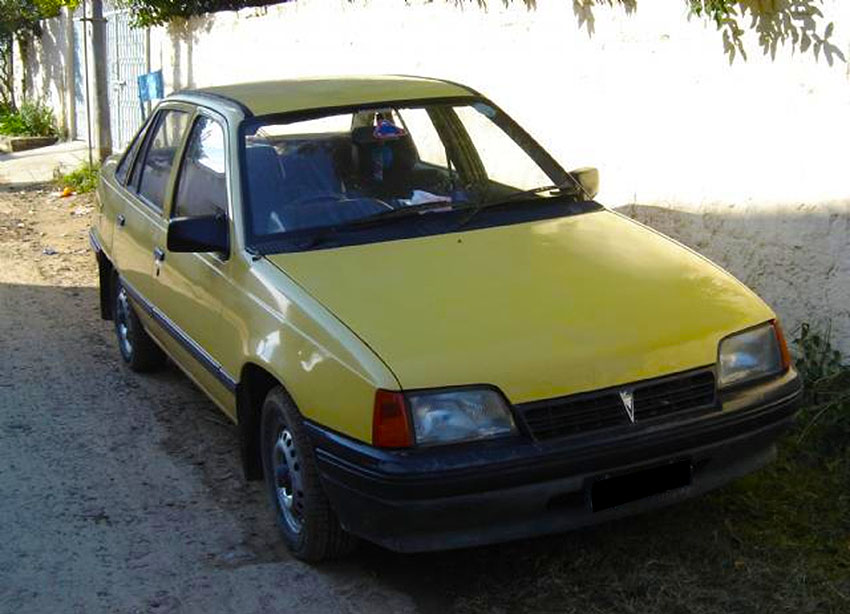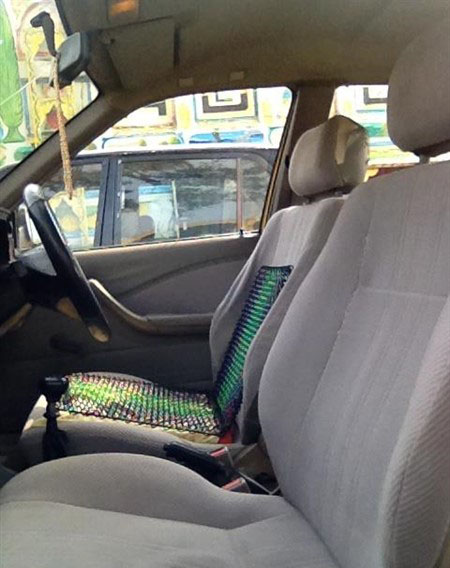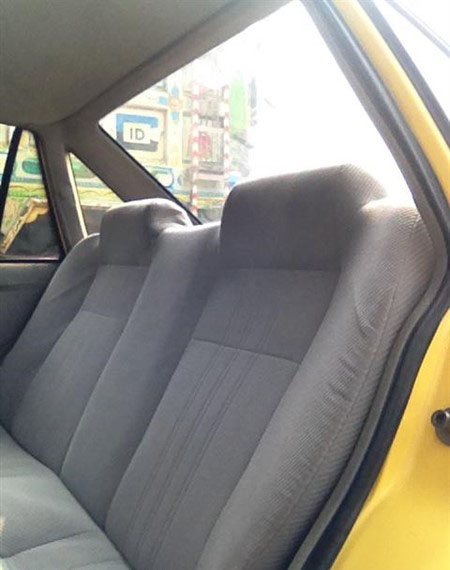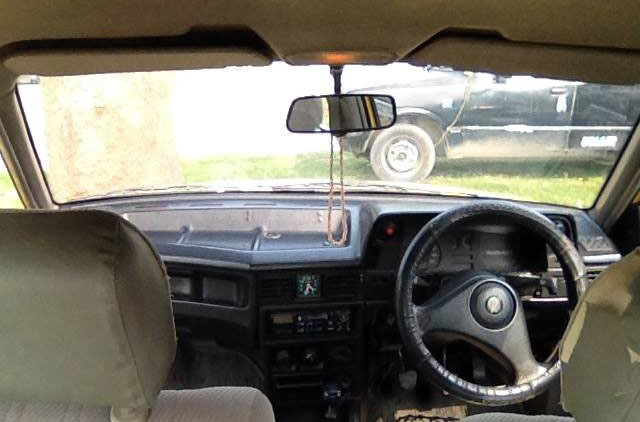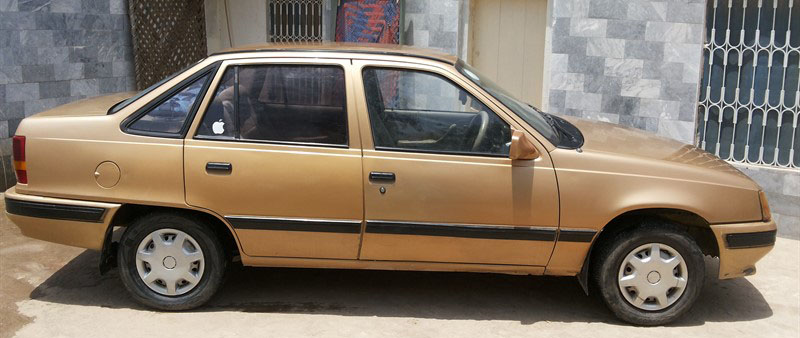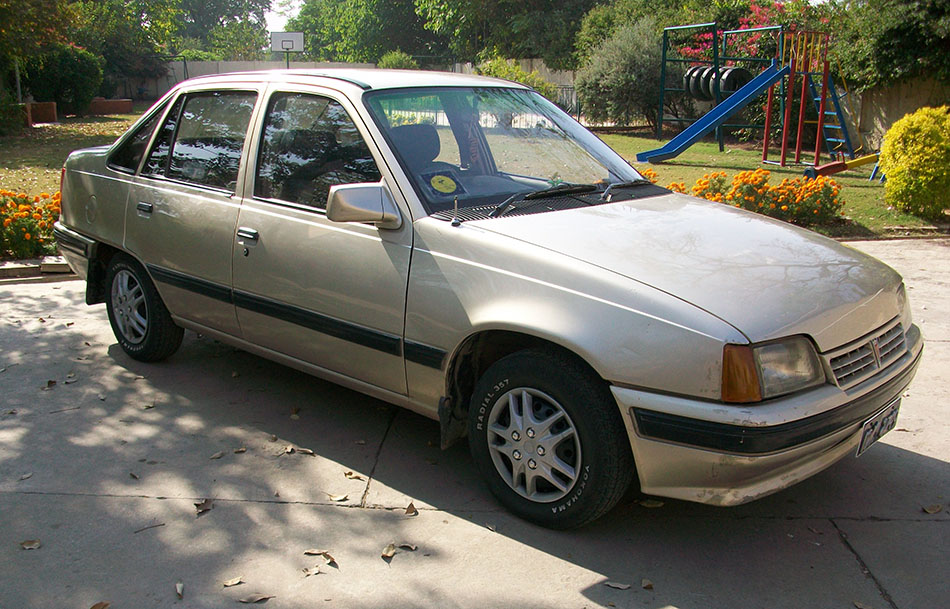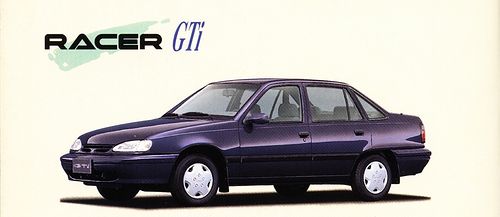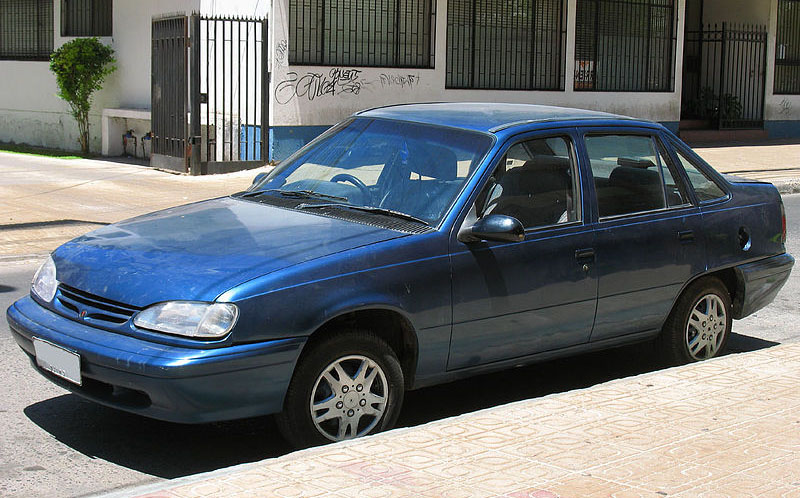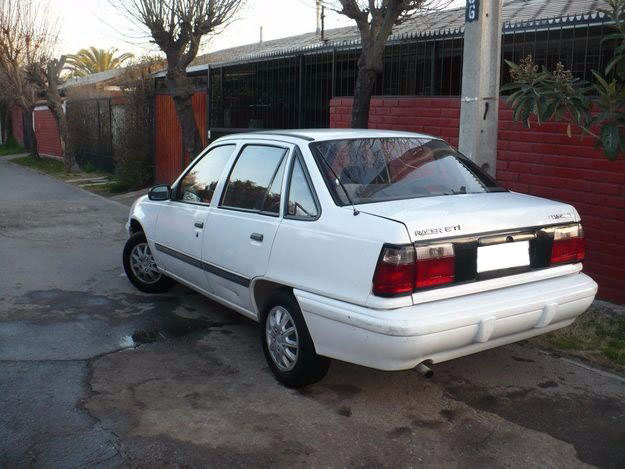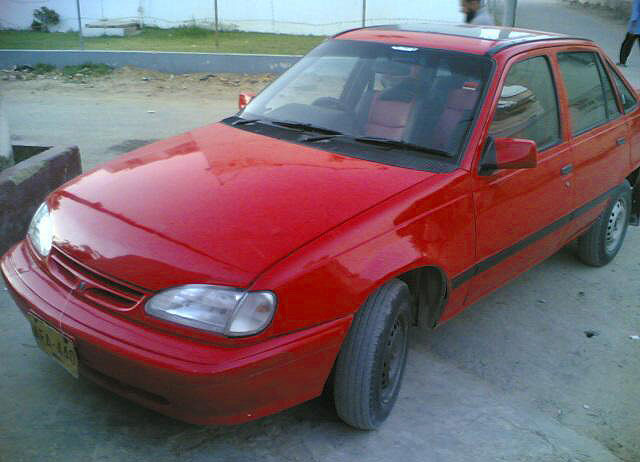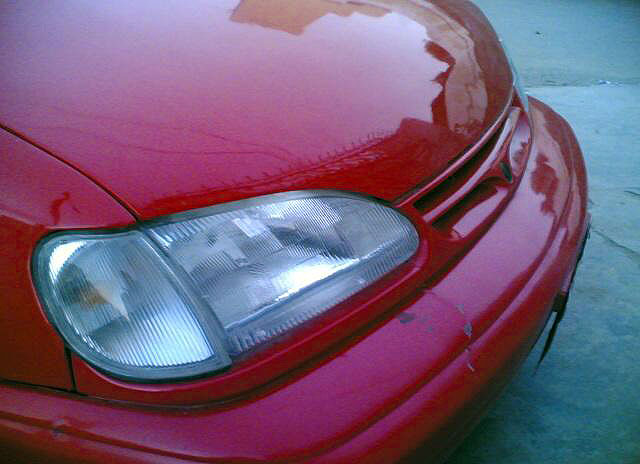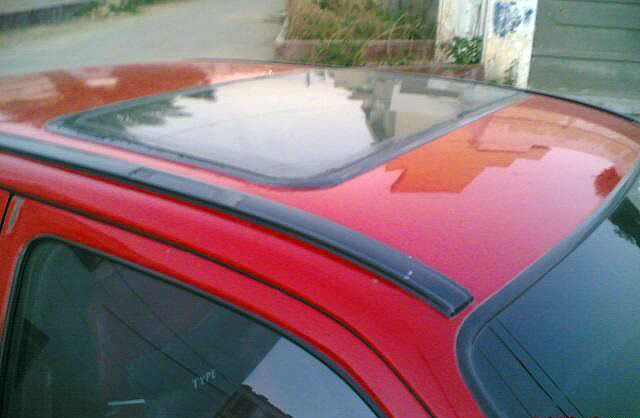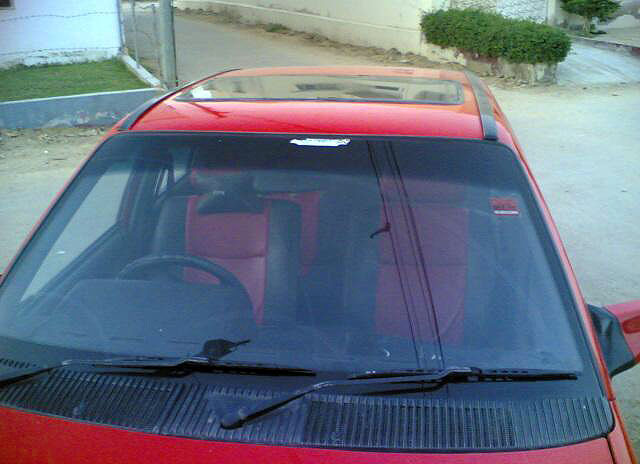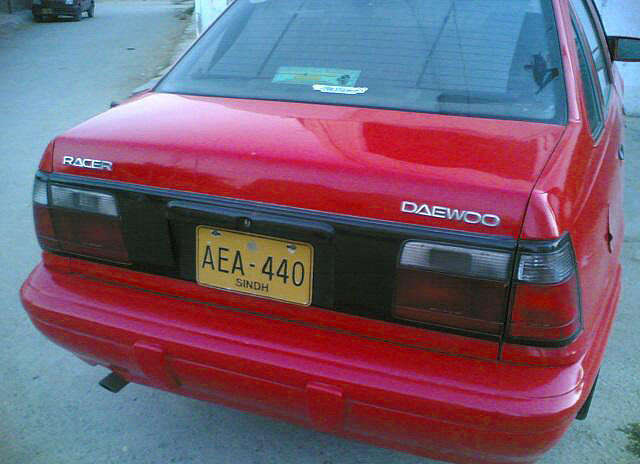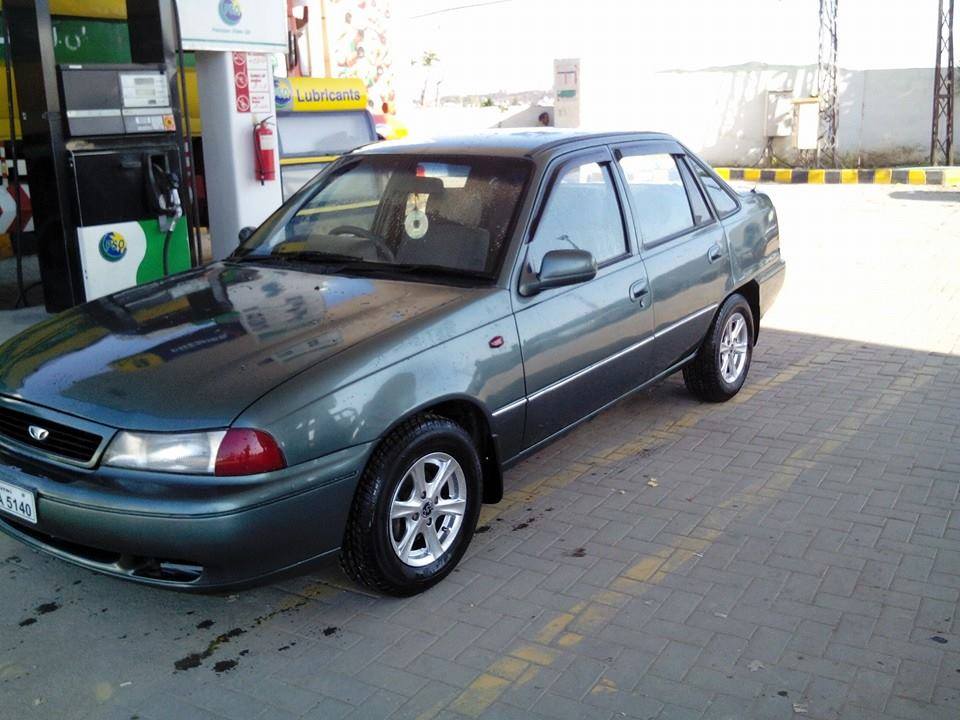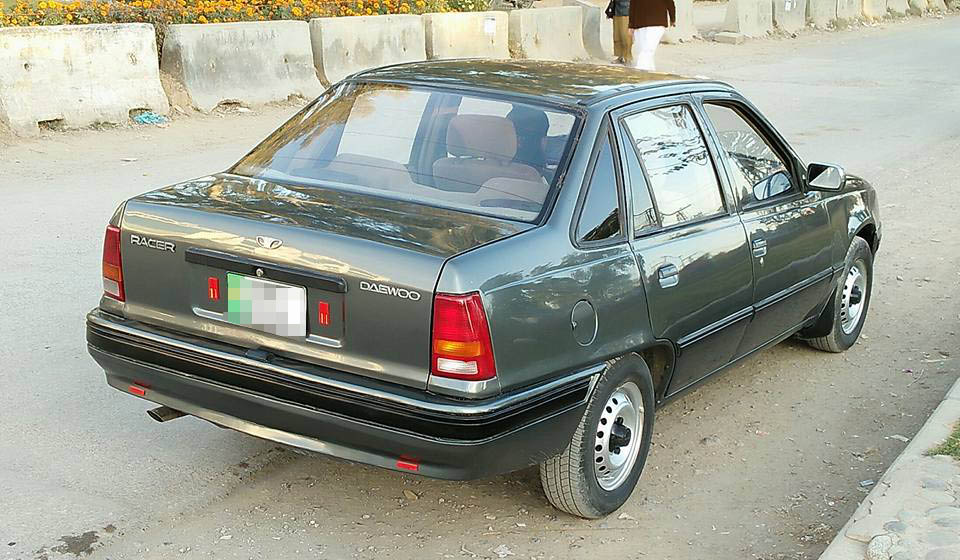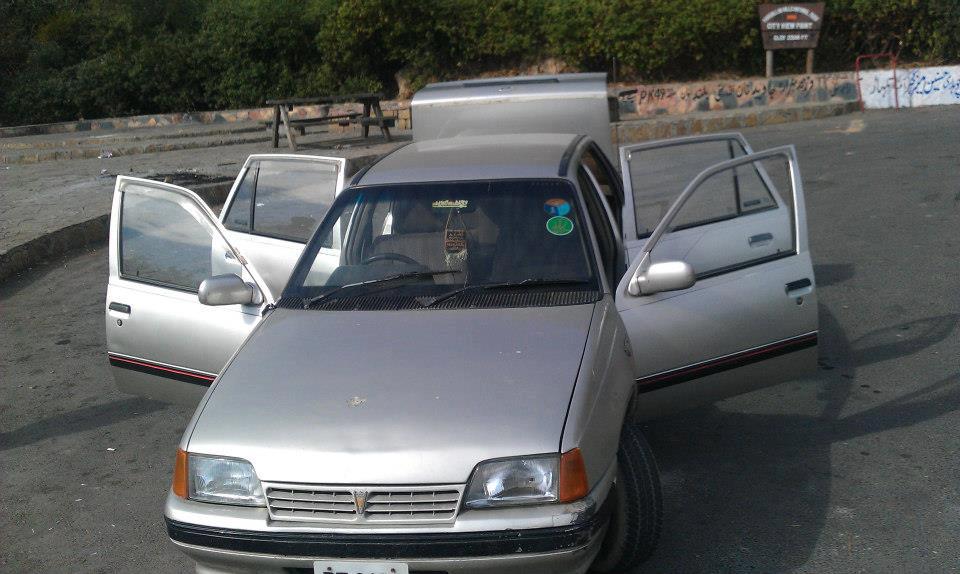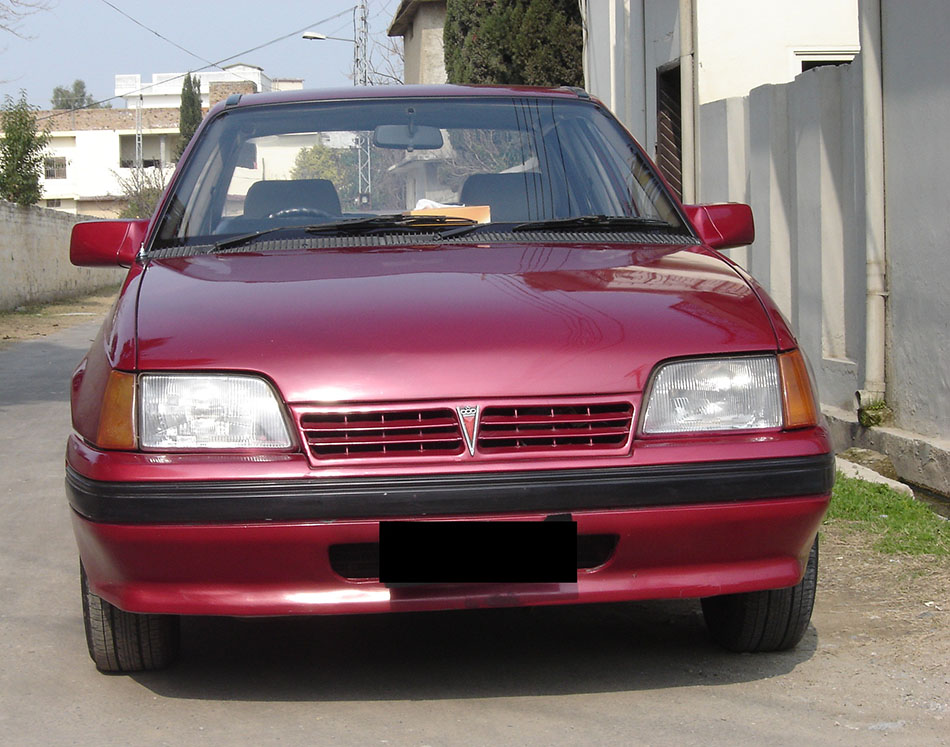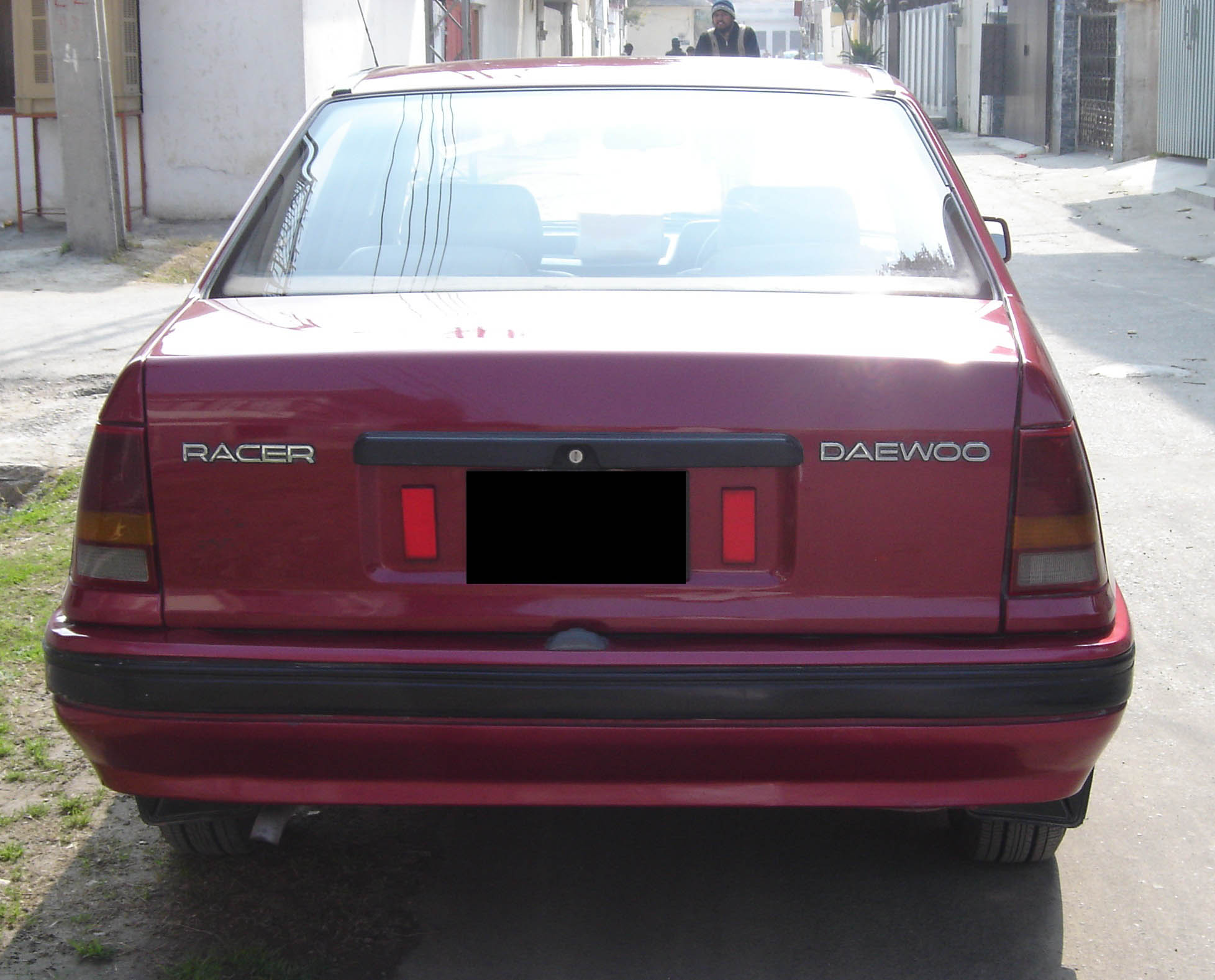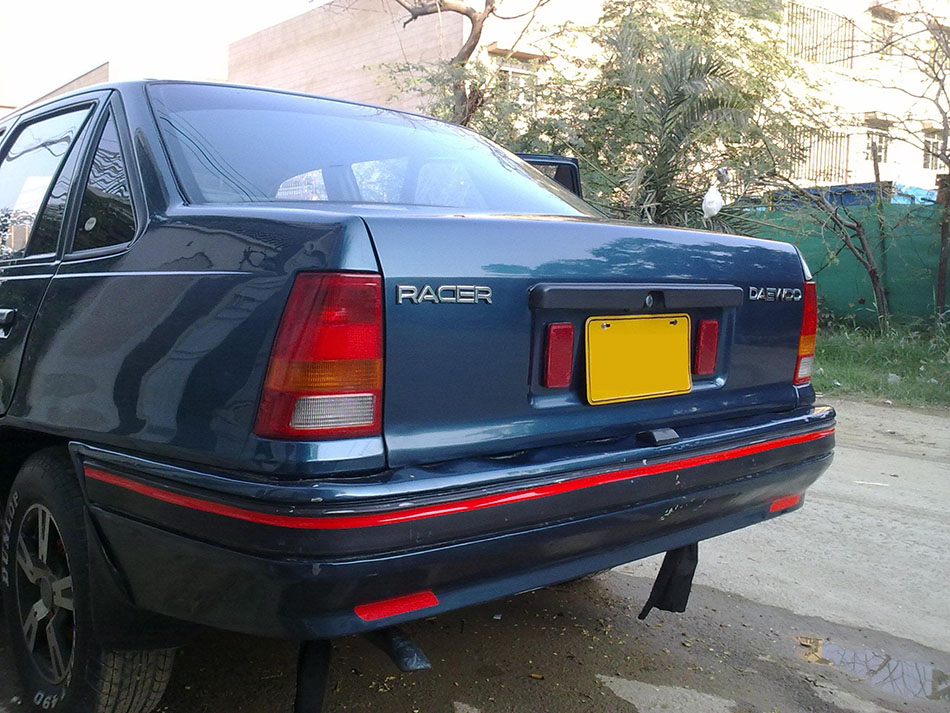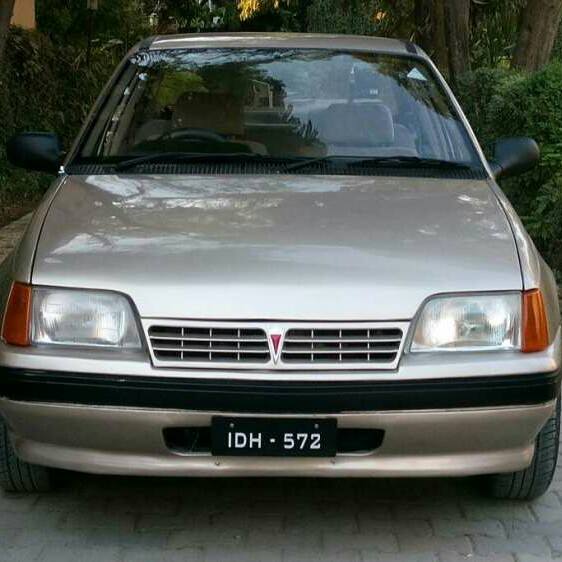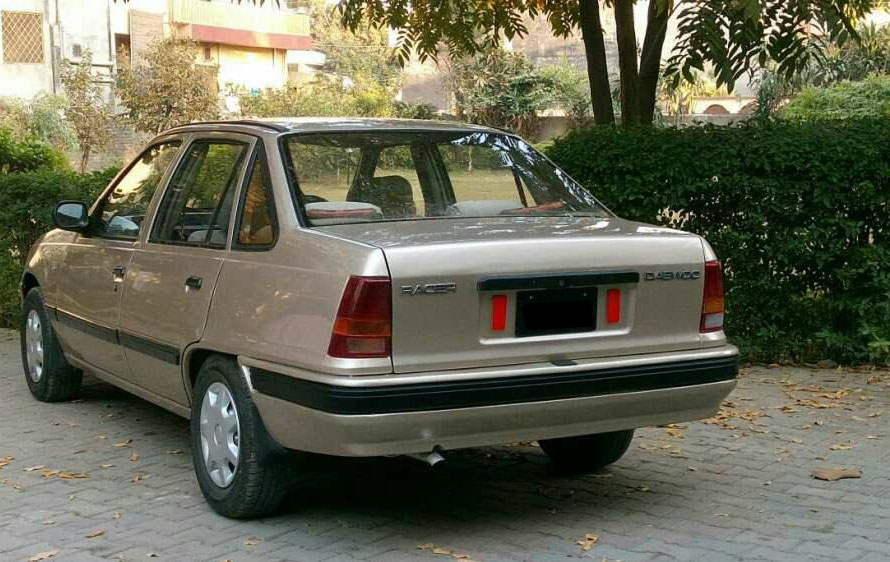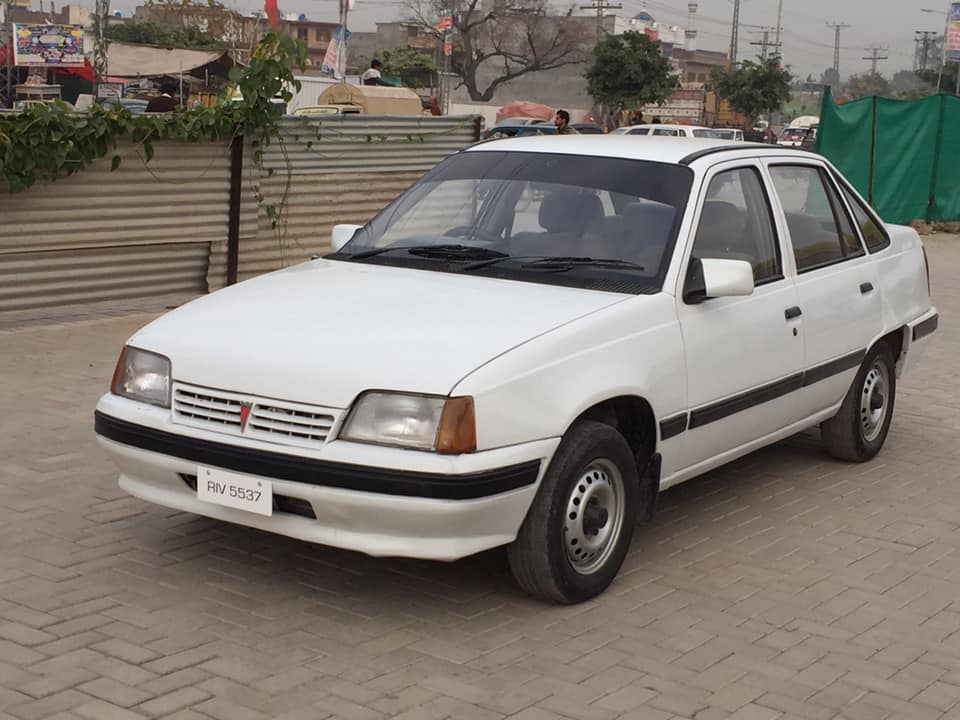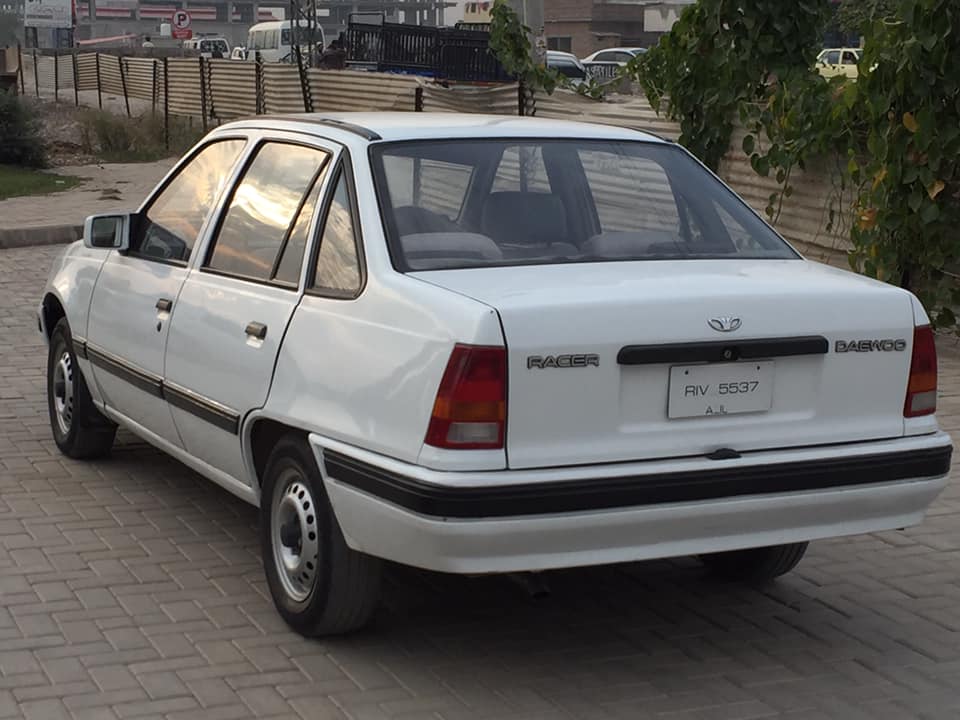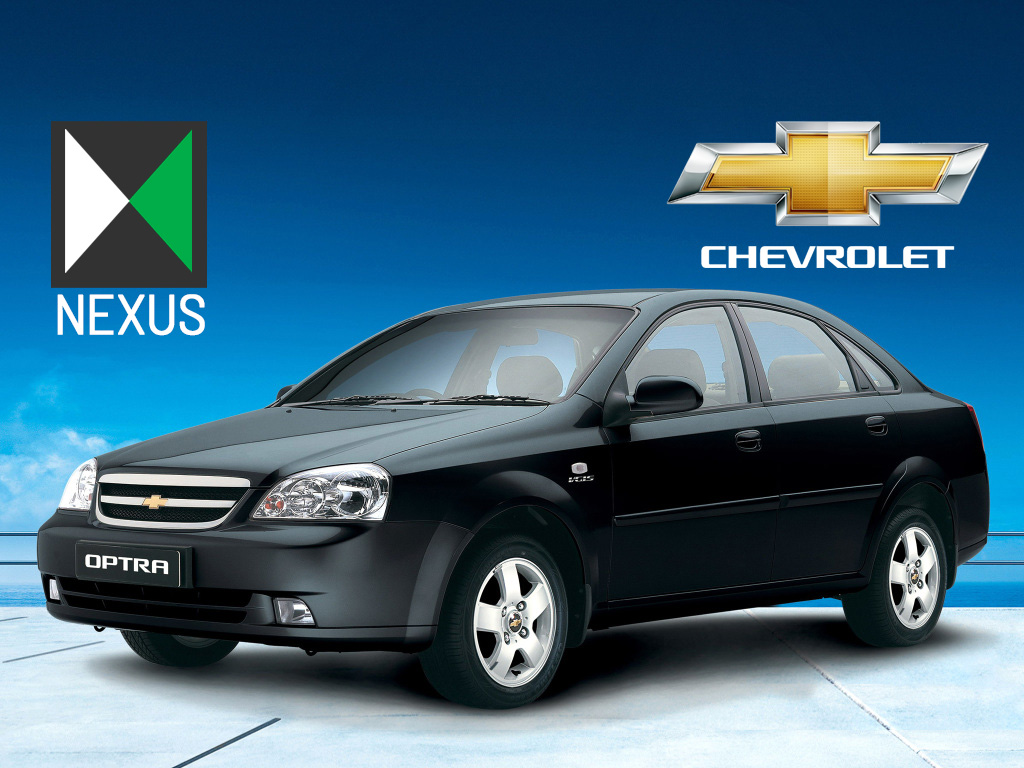Car buying options in Pakistan became too scarce from the beginning of 1990s as the imports were restricted in favor of local assembling. However since then, during all these years different options came, enjoyed a momentary success & went off to be written in the history books.
Related: The 1300cc Sedan Market- Then vs Now
The Yellow Cab scheme of the early 90s brought various options in our market that were initially intended to be used as taxis but later came under private usage. Among those more than a dozen options was the Daewoo Racer sedan, which perhaps wasn’t a successful option among the cabs, and was daunting for ordinary car buyers but was loved by those who recognized the true potential of this car.
The Background
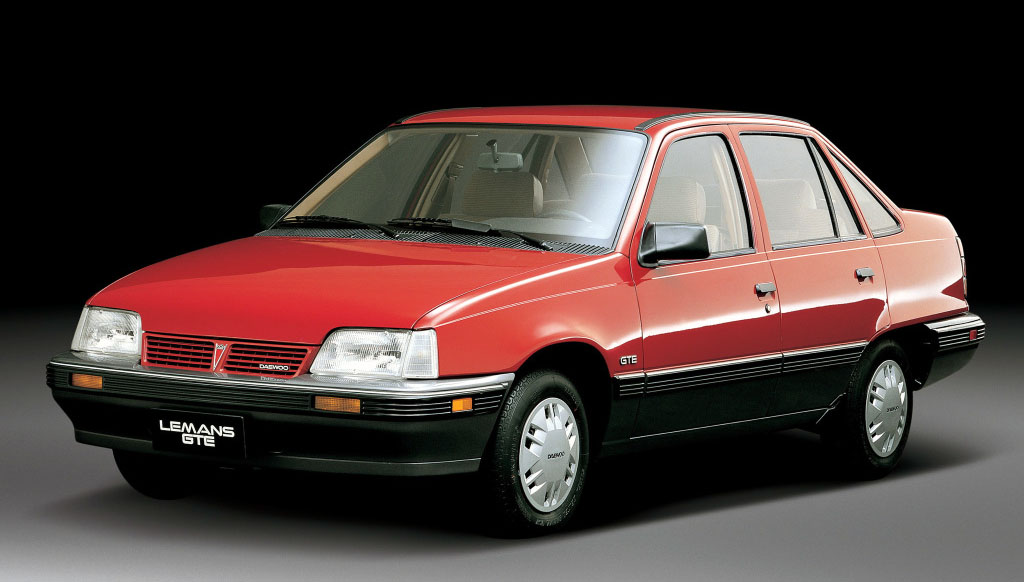
While Daewoo was a South Korean brand, the Racer in particular had a European origin & was actually a rebadged Opel Kadett E with very minor cosmetic differences. Produced between 1986 and 1995, it was known as Daewaoo LeMans in its home market and carried various names for export versions including Nexia, Racer, Fantasy, Pointer & Heaven.
The Car
Obviously since it was based on an Opel from the mid 80s, the design was perhaps squarer as per 90s curvier design standards; however it was the performance which weighted more than the looks of this car. Daewoo Racer is known as one of the first cars to appear in our market having a throttle-body fuel injected engine under its hood.
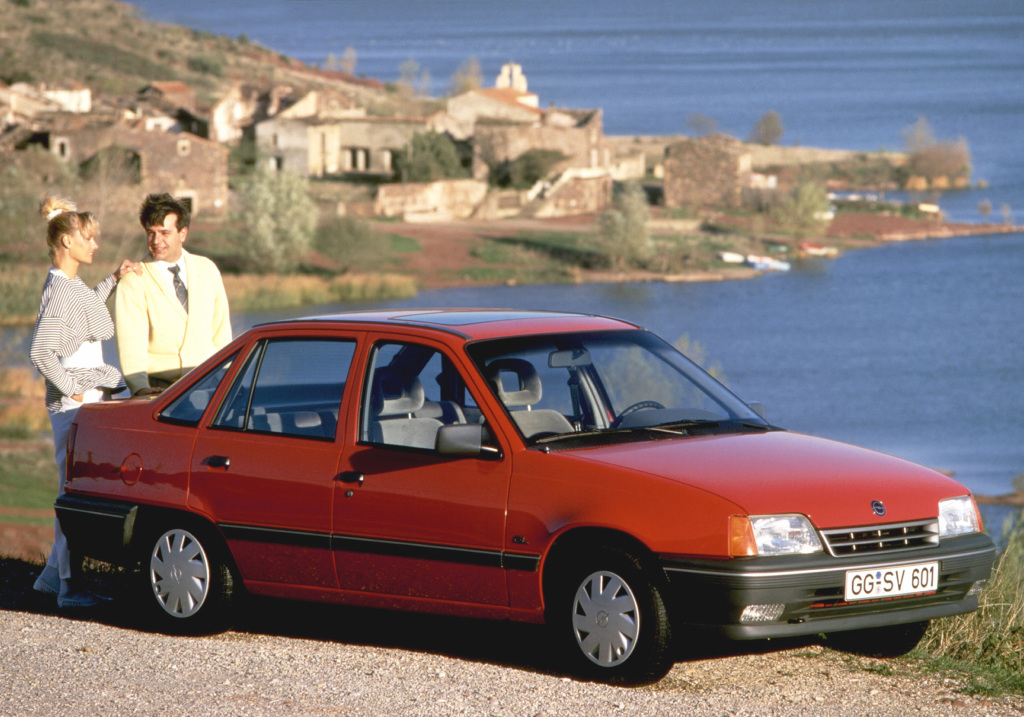
The General Motors (GM) sourced 1.5L G15SF engine was powerful, good for 90hp and 120Nm, the acceleration was phenomenal and truly justified its name Racer. The kerb weight of the car was approx 970kg so it was light and the power-to-weight ratio was impressive too. The suspension system was extremely capable, bear in mind it had a rear independent suspension and the ride as well as the handling was much better than most available options (in our market) of that era. The road grip of this car was a huge plus since on highways at speeds well above 140km/h the car hugged the road like anything.
Related: History of Kia Pride- the First Kia in Pakistan
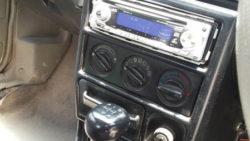
Power was sent to the front wheels via a 4-speed manual transmission. The reverse gear was parallel to the first gear which used to get engaged by pulling up a small lever just underneath the gear knob; much like most German cars– obviously the Racer had a European origin too. On the downside the interior, particularly the dashboard looked too bland and dated. Same was the case with the door panels. However the seats were comfy and held you on well when you floored the accelerator pedal.
Daewoo as a Taxi
Having a 1.5L engine under its hood when majority of yellow cabs were ranged between 660cc to 1300cc engines, the Daewoo Racer didn’t see a good time being a taxi since it was believed to be heavy on pocket in terms of fuel efficiency & maintenance. Although the petrol was less than Rs 15 per liter back in those days, still the fuel consumption of Daewoo Racer which was relatively more than other available options among the yellow cabs, made it an undesirable option for cab drivers.
A Daewoo Racer Yellow Cab
Even then, there were quite a few of Racers that kept performing as cabs on public roads for many years. However a huge lot of these cars remained unsold and were kept standing for years before being auctioned.
Converted into Private Car
After a couple of years, most yellow cabs went into private use. Since the new car market was largely restricted to a handful of Toyota, Suzuki & Honda, the Yellow Cab scheme cars provided a much needed variety and many of these cars including the Daewoo Racer were converted into private cars.
The conversion means the removal of taxi identification roof light, the luggage carrier fixed on the roof and off course getting the car bake painted which became a thing in demand back in those days. One could literally get the car painted into any desired color and the choices were endless.
Related: Ode to the Little Chery QQ
Soon most of the yellow cabs including the Daewoo Racer were seen in innumerable variety of exterior colors, some even went for dual tone colors with all sort of combinations one could imagine. However the engine bay & inside of the trunk remained in yellow.
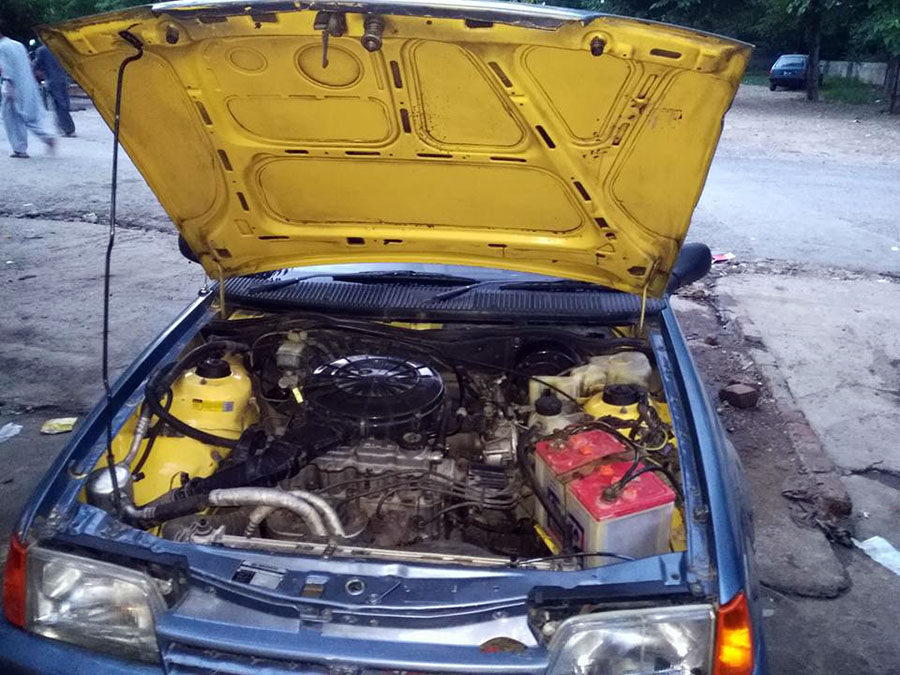
Plus for a long while these cars were running on dedicated P-series taxi number plates however they were later transferred to private numbers too.
The Officer Quota
A couple of years later, while most taxi cabs already got converted into private use, the unsold and bank defaulted Daewoo Racer taxis that kept standing on the port were reconditioned and sold to government officers as private vehicles. Commonly referred to as ‘Officer Scheme’ cars, a good number of Racers went into private use and you won’t believe a brand new Daewoo Racer in 1997/98 was available for around Rs 260,000 only, in a time when brand new Suzuki Margalla was roughly around Rs 500,000 and the Honda Civic for nearly Rs 700,000.
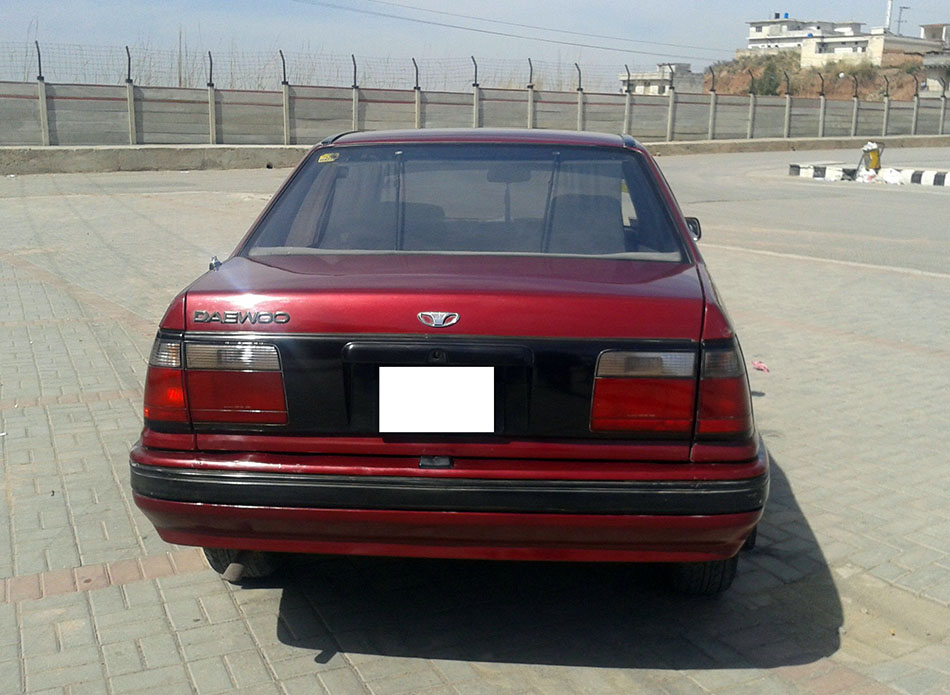
The Facelift & Conversions (Cielo/ Gti)
Towards 1997 the Daewoo Racer facelift appeared in our market. While very few of those were genuine imports, most people simply got their cars converted since the facelift required slight alteration to the bonnet, had different & slimmer front & back lights, sleeker front grille, a rear garnish and a different set of bumpers which were more protruded than those found in pre-facelift taxi models.
The Daewoo Racer facelift
Many renowned workshops were offering conversions of Racers into the facelift models but obviously the modifications were limited to cosmetic enhancements only. Whereas the original Daewoo Racer facelift with Eti/ GSi/ Gti versions had better equipment on offer too, such as power windows, revised door panels, a tilt sunroof and slightly different interior.
Daewoo Racer facelift (GTi/ GSi) with sunroof
Another popular modification of Daewoo Racer was the conversion into the Cielo. Since the relatively newer Daewoo Cielo was mechanically the same Opel Kadett based car and carried visual modifications only, many people converted their Racers into Cielo however this modification required more effort & parts since the Cielo carried a completely different fascia and the rear end including the trunk required alterations. But like they say, “Shouq ka koi mol nai…” (There’s no accounting for tastes).
Converted into Cielo with different front & back end
Auctioned in Early 2000s
The last batch of unsold Daewoo Racers were auctioned in early 2000s and the price of these unregistered cars was still around Rs 250,000 to Rs 300,000 however one can imagine what might have gone through these cars which were standing unsold for several years– almost a decade.
Daewoo Racer & the Local Mechanics
Technically the car was much advanced for its time in Pakistan. Being a fuel injected car with an ECU when everything else including the Honda Civic was carburetor-based in Pakistan (1992/93), the Daewoo Racer was considered a nightmare for most local mechanics. And with a European origin, the spares as well as its tooling was very much different from the known Japanese cars that existed in our market.
As expected, the majority of desi mechanics never recommend Daewoo Racer however there were a few specialized ones which dealt with Daewoos quite efficiently but were very few in numbers, that too in major cities only.
The Demise
Daewoo Racer arrived in huge numbers, probably more than any other car in Yellow Cab scheme, & while it wasn’t a prime choice as a taxi, it had developed a craze, in fact a unique fan base of those who knew how to handle this car. However due to its technical disparity it was not able to endure for long.
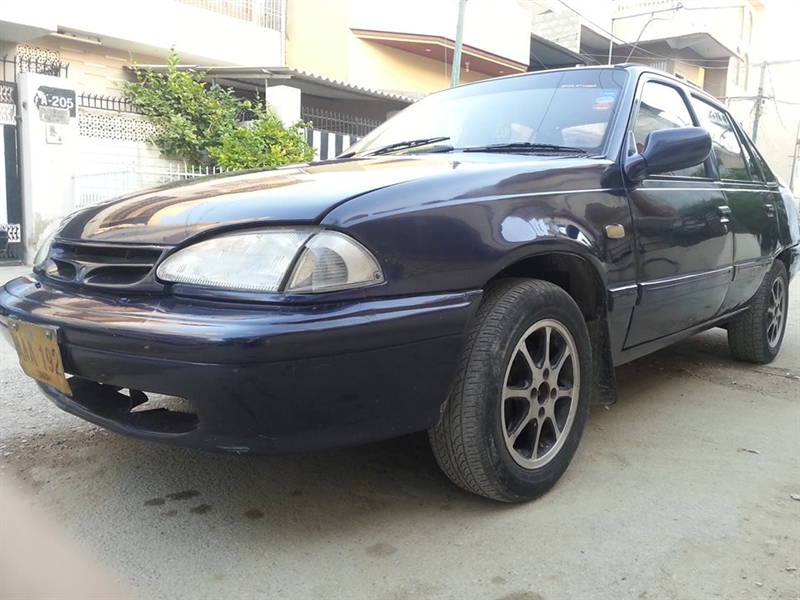
In Pakistan where you can see most Japanese cars surviving for more than 30 years and still going strong, the Racer began fading off the roads since sourcing parts was a major issue. Due to its technical disparity, most Racers suffered from jugaars, some people deployed a Corolla engine under its hood while some even went on to install lights & bumpers of Japanese cars by pick axing. Today it’s hard to find a Daewoo Racer in good condition & many can be seen in sorry state, most even in dead form rotting along the roads with no future in sight.
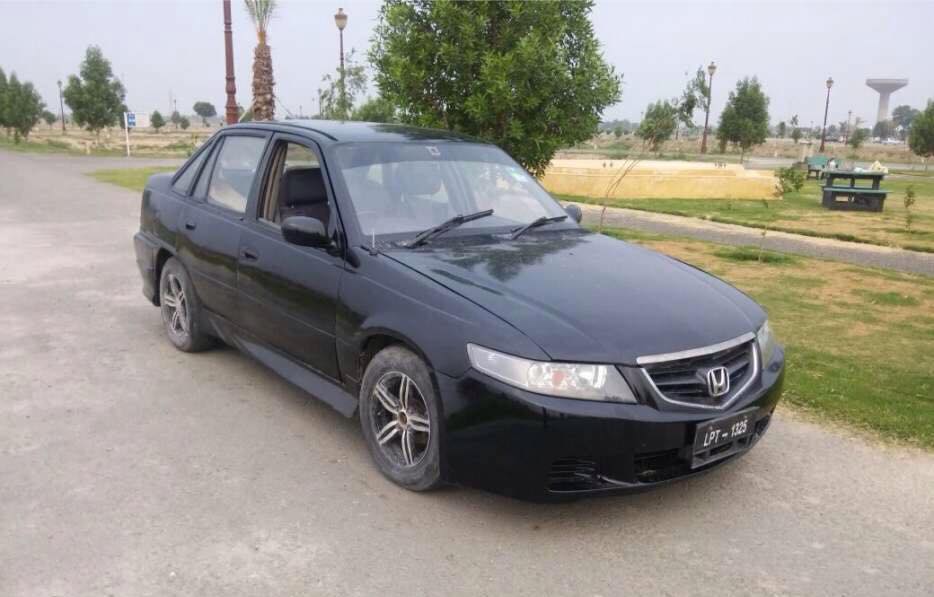
Another major hindrance in sourcing its parts was the financial difficulties of the South Korean automaker Daewoo. In 1998, after the Asian financial crisis, Daewoo Motor took over the troubled SsangYong, only to sell it off again in 2000, because the conglomerate ran into deep financial troubles. By 1999, the whole Daewoo Group ran into financial troubles, and was forced to sell its automotive division to General Motors (GM) who fully acquired Daewoo Motor’s assets.
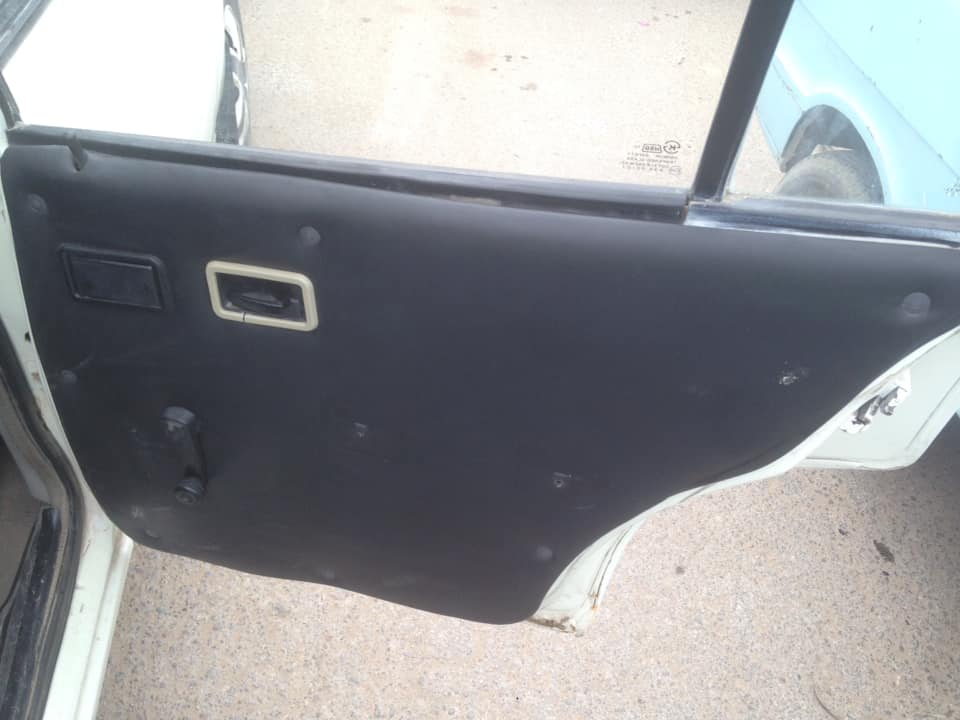
Still while average parts shops didn’t have Daewoo spares, those dealing with its parts in major cities had them for a long time and some even offer Daewoo parts today, but access to the specific shops is always considered a challenge particularly for those living in smaller cities.
The Legacy
Some neatly maintained Daewoo Racers
Daewoo Racer was a car that enjoyed a great time in our market. Although it had no proper after sales support & perhaps was a little tricky to maintain, the performance of this car was something that kept it bustling in people’s heartbeats. The Racer provided a much needed variety that was badly missed ever since the beginning of 90s, and for the next 10-15 years or so, the Daewoo Racer ruled the hearts of many in Pakistan.
Do you have the ownership experience of Daewoo Racer? Share with us in the comment section below.

A computer animation professional with over 23 years of industry experience having served in leading organizations, TV channels & production facilities in Pakistan. An avid car enthusiast and petrolhead with an affection to deliver quality content to help shape opinions. Formerly written for PakWheels as well as major publications including Dawn. Founder of CarSpiritPK.com

